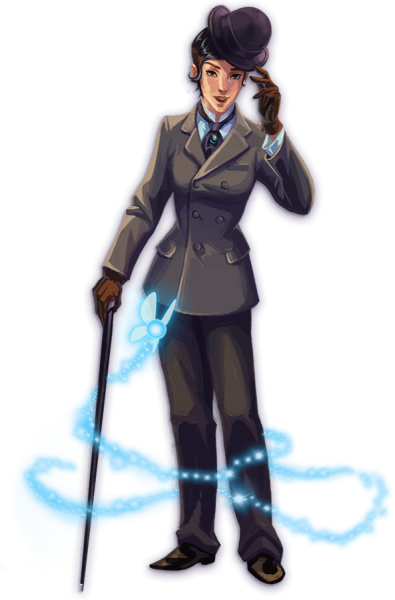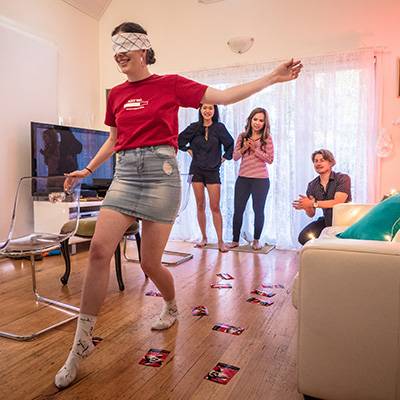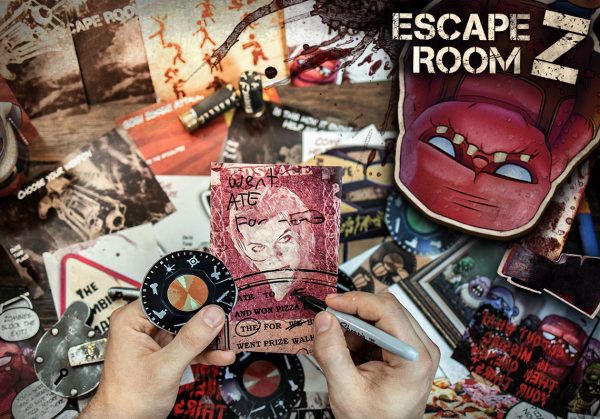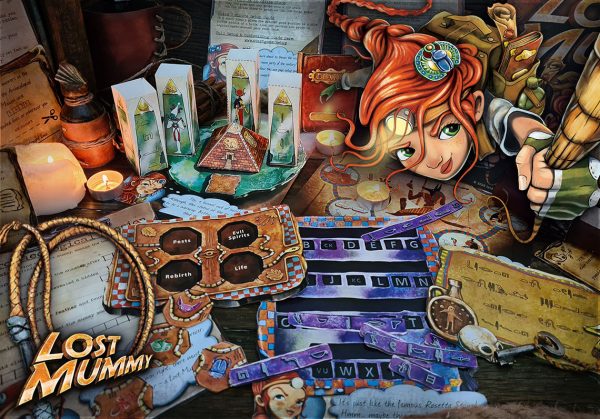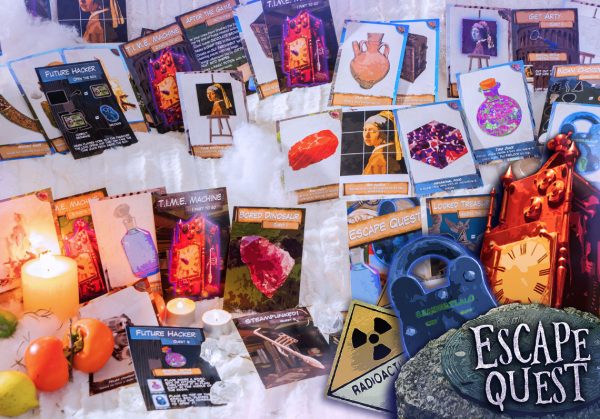Linear escape rooms are sort of like a train track - they require you to solve one puzzle before moving on to the next one. Solving one puzzle leads you to a second puzzle, and so on. Clues to later puzzles, which you may see lying around, will make no sense until you reach them in order.
Linear escape rooms tend to be highly story-driven. Players will often find themselves working through a narrative step by step, with each puzzling progressing them through the story.
However, because there is only ever one 'track' to work on, linear escape rooms work best with small groups. Four players are ideal. If there are too many players in a linear escape room, they'll end up with nothing to do but annoy you over your shoulder (everyone hates a backseat puzzle-solver!) or sit and quietly seethe in the corner. Not so much fun!
If you’ve never played an escape room before (what’s wrong with you —
check out our intro here) or only dipped your toes in once or twice, linear games provide the best experience. You can work on your problem-solving skills before dealing with more complex games. Even Luke needed to train with Ben and Yoda before facing Vader. The Force won’t help with escape games — get experience!
If you’re designing your first escape room game (we have
a guide to help you), strongly consider a linear game. It will help you fit the puzzle to the story. A linear approach works great for an escape game at home, which may depend more on puzzles and story and less on effects than a commercial escape room.
EN


